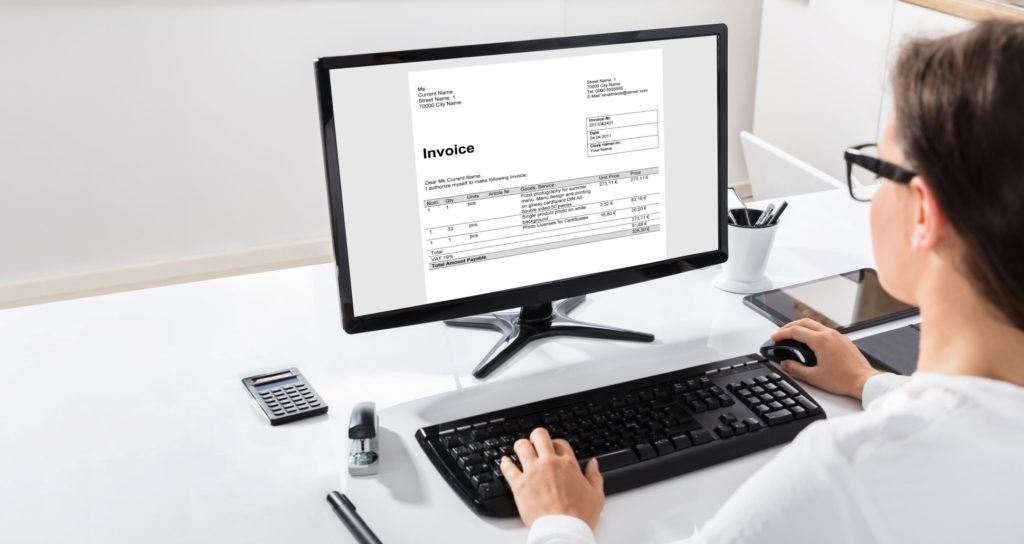There are several crucial aspects and documents for a business to operate smoothly and remain solvent. One of the essential files for your enterprise is an invoice.

An invoice is a document, whether printed or digital, that you give or send to your client. It’s a legal piece of paper that establishes the purchaser’s obligation to pay for the goods or services that they availed from your company.
The primary difference between an invoice and receipt is that the latter is given upon or after the customer’s payment. Meanwhile, the former is mainly used to track the sale of goods and services.
You can find lots of templates online that includes all the necessary fields for your business. Nonetheless, you can also create your own invoice to personalize the document.
Here are the items that your invoice should have before giving it to your clients as told by Wave.
Dates and code
First and foremost, you should ensure that your invoice is clearly labelled as such on the document to avoid the recipient confusing it for a quote, credit note, or receipt. Then, the next crucial part of the file is the dates.
You must be transparent and accurate about the date of the invoice creation, especially if it’s different from the delivery or supply date, which you should clearly state on the invoice as well. Moreover, don’t forget to specify the payment’s due date so that your client knows the deadline for when they have to fulfil their obligation to you as a supplier.
Another number you should include in the document is a unique invoice code. This is more for tracking purposes so that you can refer to particular transactions in the past without confusion. A simple sequential numbering system will suffice for this process. You can also incorporate letters to give you allowance on future sales.
Company details
Next, you should include your company information. This entails stating your full business name and office address. Your physical location is necessary for sending and receiving mail, so it’s still relevant for your enterprise.
You should also include all avenues where your clients can contact you. Print your company’s telephone and mobile numbers as well as your email address. You can even add links to your social media profiles, which serve the dual purpose of providing them with an additional communication channel while boosting your digital marketing efforts.
Your business tax identification number is another essential information that should be printed on the file. Your invoice is a legal document, and having your tax ID number on it ensures clients that you run a government-registered business.
Client information
While the first two sections of your invoice are used for all of your transactions, you need to check and review this part to ensure the accuracy of your small business invoicing. You must include your client’s name or their company to clarify who’s responsible for paying the total amount. Print their office address and contact information as well. You need to have these details in your database for communication purposes, anyway.
You must also have your client’s tax ID number and other regulatory details mandated by your local government on your invoices. Your customers can use this document to claim back any value-added taxes (VAT) that were charged to them during the tax filing season.
Merchandise particulars
This is also another section that should be meticulously checked and cross-checked by your accounting department before sending it to the client. You must provide a detailed description of the goods and services availed by the customer, including the price, quantity, VAT, and discount (if applicable) per item.
Then, add the total amount, excluding VAT. Below that field, insert two more rows for the VAT total and the actual payment due that includes the VAT.
Payment terms
While you may have already explained your payment terms and conditions thoroughly in a separate contract, it’s good to include the crucial details in your invoice.
A simple “Payment due by 30 days from the date of invoice” is enough to inform your client that they need to pay within a month from the date stated on the document.
Conclusion
As with any other business papers, you have to make sure that your invoice is both concise and comprehensive since it’s a legal file that can be used for tax purposes of the parties involved. Thus, include the important dates and unique invoice tracking numbers in the document.
You also need to state you and your client’s company names, office addresses, and contact information. Provide a list of the goods and services that your customers bought along with the price, quantity, VAT, and discount for each item. Lastly, be clear on your payment terms to avoid misinterpretations.
More on small business finance and limited company invoices.


Follow Company Bug